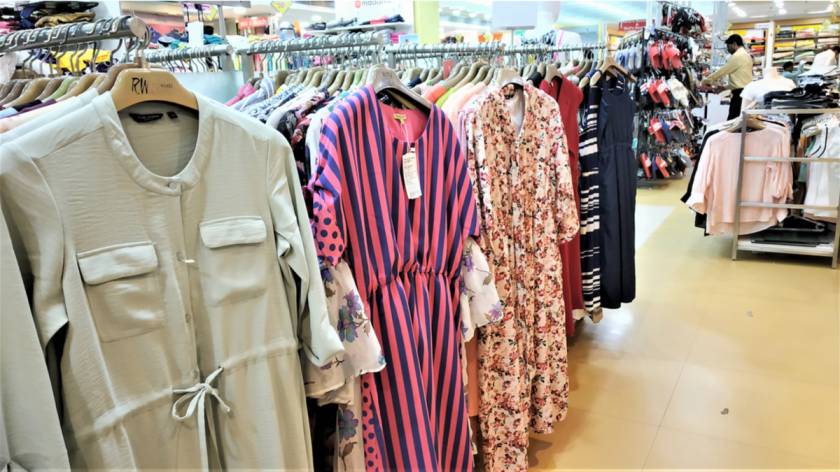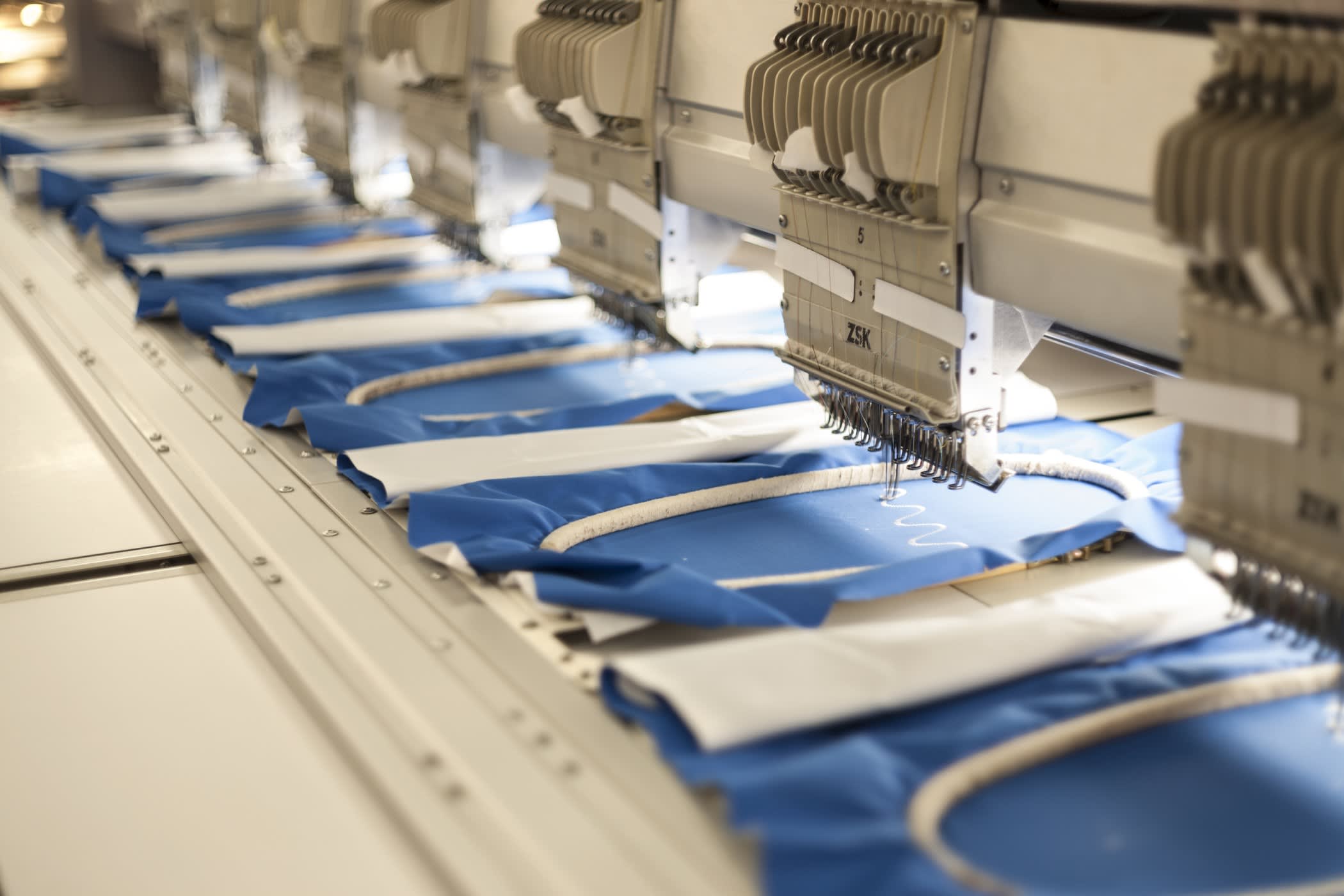A brief understanding of Market for Textiles & Clothing (MTC); 2017



The Textile and Clothing industry (T&C) is a major contributor to the economy in India with 7 percent of industrial production and 2 percent of the GDP of the country. The industry also supports the employment of about 45 million people and holds a 12.15 percent share in the export business (5.03 percent in textiles and 7.54 percent in clothing).
The Textile and Clothing industry is heavily benefitted from the domestic demand for textiles, which are categorized into demands by the Household Sector and Non-Household Sector. It is the Household sector that is the more significant contributor; about 53.39 percent of the textile industry constitutes the demand from the household sector.
The estimation of this domestic demand for Textile and Clothing has been imputed and published by the Textile Committed in the annual report called “Market for Textiles and Clothing (MTC)” since 1969. The data is collected from the selected panel Household bi-monthly. The analysis and findings are published in the final Annual Report.
The Textiles Committee has prepared the latest annual report “Market for Textiles and Clothing (MTC): National Household Survey 2017” The report has also predicated the market size for 2017 & 2018 while estimating the domestic demand for 2015 and 2016.
Here are the key findings of Market for Textiles and Clothing (MTC): National Household Survey 2017 :
1. Domestic demand of Textiles in the Household sector :
There has been a considerable expansion in the overall market size of Textile and Clothing. The report analyzed the contribution of the Household Sector as 53.39 percent. The export has increased to USD 146.63 billion (2016) from USD 145.71 billion (2015), and it was likely to touch USD 164 billion by 2018. Out of the USD 146.63 billion in 2016, only USD 35.43 billion accounted for exports while the Household sector accounted for USD 78.28 billion! The Non-Household sector constituted only USD 32.91 billion.
2. Aggregate demand for Textiles & Clothing in the Household sector in terms of quantity and value:
There was a positive shift from 38.54 billion meters (2015) to 41.06 billion meters (2016) in the aggregate demand for Textiles and Clothing. This accounts for an annual growth rate of 6.55 percent. The reports estimated that the demand may rise to 45.32 billion. meters by 2018, growing at a CAGR (Compound Annual Growth Rate) of 5.34 percent between 2011-2018.
In terms of value, the increase in demand was from Rs.4883.57 billion (2015) to Rs.5261.53 (2016) and the annual growth rate was 7.74 percent. The expected demand would be then Rs.6204.02 billion by 2018, with a Compound Annual Growth Rate of 9.54 percent between 2011-2018.
3. Per Capita Demand for Textiles & Clothing in the Household Sector :
The growth in the per capita demand was 6.40 percent, a hike from Rs. 3836.13 in 2015 to Rs. 4081.60 in 2016. The expected growth in demand was estimated at Rs.4762.90 by 2018 (CAGR of 8.53 percent between 2011-2018).
In terms of quantity, the per capita demand for textiles has increased from 30.27 meters in 2015 to 31.85 meters in 2016 with expected growth in demand of 34.58 meters by 2018 (CAGR of 4.30 percent between 2011-2018).
The shift in the per capita demand reflects that the average consumption of textile by a person has increased by 1.58 meters during 2015-16. It is worth noting that the growth in demand in the rural area is 6.01 percent while in the urban area it is 6.91 percent.
Fibre wise Demand for Textiles:
A brief look into numbers :
Cotton fiber: The aggregate demand increased from 16.51 billion meters (2015) to 17.22 billion meters (2016), recording an annual growth of 4.28 percent. The expected demand is to touch 19.29 billion meters by 2018.
Man-made fiber: The aggregate demand increased from 21.60 billion meters (2015) to 23.34 billion meters (2016). The annual growth is 08.04 percent with an expected demand of 25.46 billion meters by 2018.
Pure silk: The aggregate demand for products based on silk was 0.34 billion meters in 2016 while it was 0.27 billion meters in 2015, accounting for positive growth of 25.18 percent. The growth is likely to touch 0.37 billion meters by 2018.
Woolen Fibre: The aggregate demand for wool-based textiles increased to 0.16 billion meters (2016) from 0.15 billion meters (2015). The annual growth is 8 percent with an expected demand of 0.20 billion meters by 2018.
Out of the total aggregate consumption of 41.06 billion million meters (Per Capita 31.85 meters) of textiles in the year 2016, Manmade and Blended/Mixed textiles together have the largest share of 56.83 percent. Cotton textiles come next with 41.94 percent followed by Pure Silk textiles with 0.84 percent and Woolen textiles with 0.39 percent. Evidently, man-made fiber-based products have higher demands. This demand has been rising and is significant to the overall demand in the Household sector.
1. Demand for Textiles in view of the Sector of Manufacturing:
The Mill/ Powerloom sector: This sector has contributed 82.72 percent (33.97 billion metres) to the overall demand for textiles in 2016 while it was 82.65 percent (31.85 billion metres) in 2015.
The Knitted sector: In 2016 the contribution of this sector was 12.04 percent (4.94 billion metres) as against the 12.39 percent (4.77 billion metres) in 2015.
The handloom sector: The contribution was 5.24 percent to the aggregate demand for textiles in the Household sector. In 2016 it was 2.15 billion metres while it was 1.91 billion metres in 2015.
The aggregate demand for textiles by sector of manufacturing is estimated for 2018 as follows :
Mill made/ Power loom - 37.24 billion Metres
Knitted/Hosiery - 5.56 billion Metres
Handloom sector - 2.53 billion metres

2. Major Varieties demanded by the Household sector:
Some highly demanded varieties in the Household sector are personal clothing (shirt, trousers, frock, skirt midi, jeans, saree, kurta pyjama, leggings, etc) and home textiles.
Similarly, the inner wears like underwear, briefs, petticoat too, contribute to the total demand in the personal clothing categories.
The Market for Textiles and Clothing (MTC) 2017 report suggested that the market size of personal clothing items hiked to 37.87 billion metres during 2016 as opposed to the 35.52 billion metres in 2015. The calculated growth was 6.60 percent. The expected market size of personal clothing items is likely to become 39.64 billion metres during 2017 and 41.66 billion metres in 2018, a growth of 5.08 percent during the same period.



















